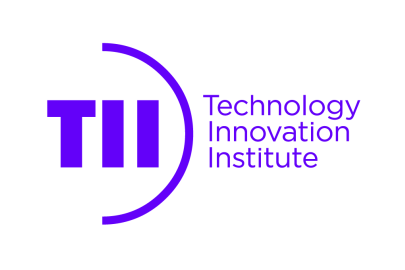Some 15 years ago in Colombia, Prof. Felix Vega, Dr John Pantoja, and Dr Nicolas Mora, who were all young scientists at the time, began working on an incredible research project, led by Prof. Francisco Roman. The research initiative had for its principal aim the noble mission of saving people’s lives and preventing injuries as a result of multiple unexploded landmines in their home country. Following years of research that involved the collective efforts of a consortium of scientists, the research team developed the use of Ground Penetrating Radars to detect buried objects in the ground. Participants from Colombia, Germany, Sweden and Switzerland joined forces to create innovative solutions to a problem that continues to injure at least 15 people every day in our world today.

According to the Establishment of the Explosive Ordnance Risk Education Advisory Group (EORE AG) and as reported in 2019: “On average, globally, someone is injured or killed by mines – including improvised mines – and by explosive remnants of war (ERW) every 90 minutes” [1]. The statistics underscore the importance and relevance of modern solutions in saving people’s lives and preventing injuries.
After years, the initial team of scientists has been re-unified by Dr Chaouki Kasmi, Chief Researcher at the Directed Energy Research center (DERC) of Technology Innovation Institute (TII), a leading global research center in the UAE capital, Abu Dhabi, and is attempting to tackle several core issues to fast-track the transition from prototyping to a close-to-product demonstrator ready to leave the laboratories and gain industry uptake.
TII is working at the intersection of breakthrough technologies to shape innovative solutions that will future proof our world. At its cutting-edge laboratories and through leveraging a modern design concept, the UAE has succeeded in building a new prototype of the ground penetrating radar. The research team is working collaboratively with young UAE STEM talent to help countries reduce the risks of unexploded ordnance at limited cost – in doing so, it hopes to make the technology available to as many countries as possible.
The team of researchers is proud of its NATHR-G1 - the first ground penetrating radar fully designed, manufactured, and assembled in Abu Dhabi. NATHR-G1, which stands for ‘Nimble and Advanced Tomography Humanitarian Rover’, facilitates the scanning and detection of buried objects such as Improvised Explosive Devices (IEDs), landmines and any or all other unexploded ordnance devices.

In order to meet operational requirements, major improvements and new features have been included such as a one-axis structure to ease its integration in land platforms, as well as an advanced signal processing engine powered by machine learning to detect and identify the type of buried objects.

Preliminary results have been highly promising in detecting buried objects in controlled environments. Several objects have been built to replicate the electromagnetic signature of real IEDs and landmines to advance the research project and test NATHR-G1 without putting the research team at risk.




Radargrams ( (a) raw data, (b) background removal, (c) scaling and (d) detection) obtained from scanning campaigns with the detection of landmines. Credits: Technology Innovation Institute

With the artificial intelligence engine currently under improvement, NATHR-G1 is all set to make it easier to distinguish random metal objects from potential threats through analysing the electromagnetic signature of buried objects recovered by tomography. The team is now looking for partners in order to test real targets with NATHR-G1 that is set to contribute to shaping a more humane world.
Acknowledgment
The research team would like to thank Prof. Francisco Roman and Dr Sergio Gutierrez (National University of Colombia, Colombia), and Prof. Christophe (Ruhr University, Germany) for sharing their experience and insights with Ground Penetrating Radars and their application in humanitarian demining.
Project team
The Directed Energy research center’s members who contributed to this project are:
- Prof. Felix Vega, Director Electromagnetic Radiators
- Milosch Meriac, Director Signal, Electronics and Acoustics
- Dr Nicolas Mora, Director Electromagnetic Effects
- Dr John Pantoja, Lead High Power Researcher
- Dr Ernesto Neira, Lead Pulsed Power Researcher
- Dr Fernando Albarracin, Lead RF & Electronics Researcher
- Adamo Banelli, Senior Antenna and Radar Engineer
- Jesus Alvarez, Senior Embedded Electronics Engineer
- Mae Al Mansoori, Senior Mechanical Researcher
- Abdel Rouf Baba, Senior Mechanical Engineer
- Bader Al Ali, Technical Project Manager
- Leonides Rodriguez, Warehouse and Asset Officer
- Dr Chaouki Kasmi, Chief Researcher
Sources







